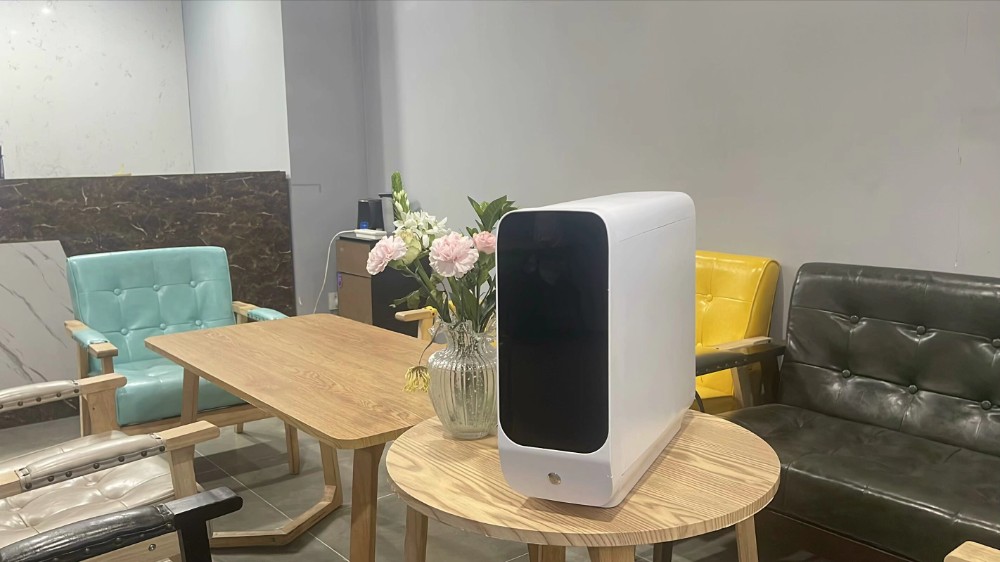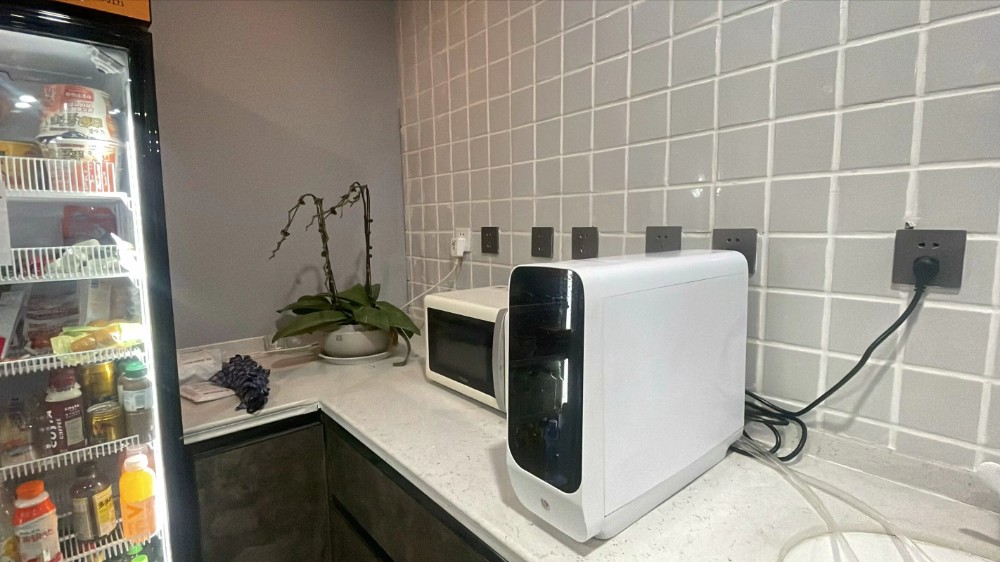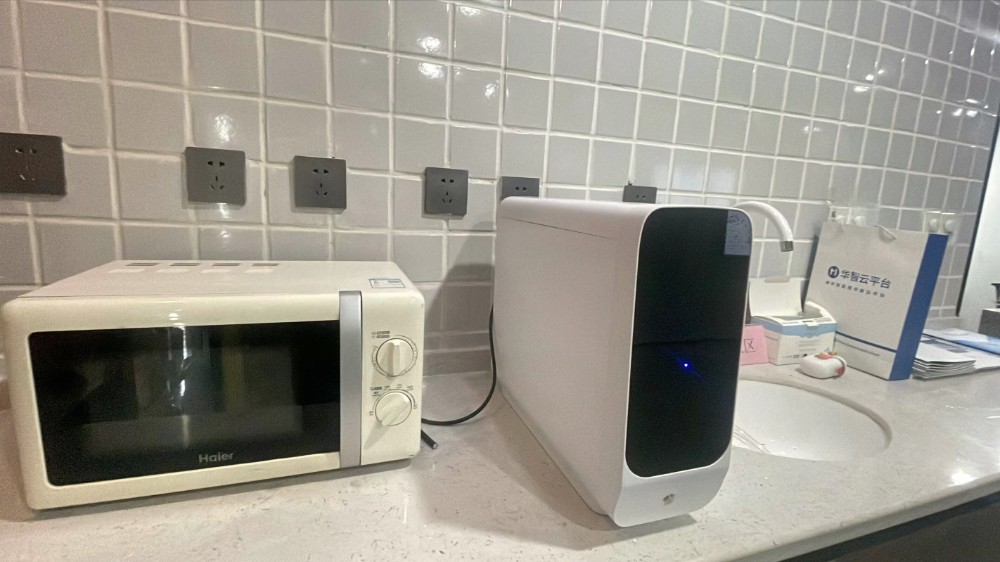Hypochlorous Acid Maker: Safe, Effective Disinfection
Introduction: Why You Need a Hypochlorous Acid Maker
We all want cleaner, safer spaces, especially in times like these when disinfection is critical. But have you ever thought about how hypochlorous acid (HOCl) plays a key role? We did, and that’s why we believe that a hypochlorous acid maker is one of the best investments for businesses and homes alike.
Not all systems offer the same quality, do they?
Some come with unique features that can make all the difference, like a peristaltic pump, titanium hose clamps, and specialized power cords (from 110v power cords to 380 power cords).
Now, before we dive into the deep end, let's break this down. What exactly does a hypochlorous acid maker do?
How can the right equipment ensure efficiency, safety, and cost-effectiveness? And, of course, how can you select the perfect system with all the must-have features, like a PVC gate valve? Let’s explore.

What Is a Hypochlorous Acid Maker?
First things first, a hypochlorous acid maker generates HOCl, a potent disinfectant that's safe for humans but deadly to germs. We rely on this technology to provide an eco-friendly alternative to harsh chemicals. Our immune systems produce HOCl, making it a powerful and safe disinfectant for hospitals, schools, and homes.
How Does It Work?
Here’s the magic: these systems use electricity to electrolyze a saltwater solution, converting it into HOCl. The process is efficient and can be fine-tuned with advanced features like a peristaltic pump, which ensures the precise movement of liquids through the system.
Why a Peristaltic Pump Is a Game-Changer
A peristaltic pump is a must-have for any hypochlorous acid maker.
We've found that pumps differ in quality, and this one provides precise control of liquid flow into the electrolysis chamber.
Why does that matter? Simple: accuracy in the pumping process leads to consistent production of HOCl, ensuring you’re getting a powerful disinfectant every time.

The Importance of High-Quality Components
While the peristaltic pump is critical, it’s not the only component that ensures optimal performance. Let’s take a look at some other key elements:
· Titanium Hose Clamps: These are known for their durability and resistance to corrosion. When dealing with electrolyzed solutions, you need clamps that won’t degrade over time. That’s why we always opt for titanium hose clamps—they’ll keep your system leak-free and running smoothly.
· PVC Gate Valve: A PVC gate valve controls the flow of liquid into the machine, ensuring no excess fluid disrupts the electrolysis process. It’s simple but effective and essential for keeping things running smoothly.
· Power Cords (110v, 220v, 380v): Power compatibility is crucial. Whether you’re running a system in a home, commercial, or industrial setting, the right power cord (be it a 110 power cord, 220 power cord, or 380 power cord) ensures your hypochlorous acid maker functions properly without any electrical hiccups.

Choosing the Right Power Cord for Your Needs
There’s no one-size-fits-all solution when it comes to powering your HOCl system. Homes typically run on 110v power cords, while businesses may require 220v power cords or even 380v power cords for larger systems. We’ve seen customers overlook this detail and experience system failures, so make sure you’re getting the right fit!
Why Titanium Hose Clamps Matter
Why settle for stainless steel when titanium hose clamps are available? Let me tell you, once you experience the longevity and reliability of titanium, there’s no going back. In environments exposed to saline solutions, corrosion resistance is key—and titanium offers the best defense.
Installation and Maintenance Tips
To make the most out of your hypochlorous acid maker, proper installation and maintenance are key. From securely fitting your titanium hose clamps to choosing the right PVC gate valve, every detail matters.
Step-by-Step Installation Process
1. Choose the Right Location: Ensure your machine is set up in a well-ventilated space with easy access to water and power.
2. Connect the Power Cord: Depending on your system, you’ll use a 110v power cord, 220v power cord, or 380v power cord. Make sure your outlet is properly rated for the machine’s power requirements.
3. Secure the Hose Connections: Use high-quality titanium hose clamps to secure the hoses. This prevents any leaks that could interrupt the electrolysis process.
4. Install the PVC Gate Valve: Make sure your PVC gate valve is properly aligned to control fluid flow. Too much liquid can dilute your HOCl concentration, making the disinfectant less effective.

Maintaining Your System for Longevity
Once installed, regular maintenance ensures your hypochlorous acid maker continues to perform optimally.
· Check the Peristaltic Pump: The pump’s precise movement is key to the system. If it starts to wear out, replace it before it compromises the machine’s efficiency.
· Inspect Hose Clamps: Over time, even titanium hose clamps can loosen. Tighten or replace them as needed to avoid leaks.
· Test the Gate Valve: The PVC gate valve should open and close smoothly. If there’s any resistance, it might be time for a replacement.
Power Options: Which Voltage Is Best?
Power options are critical to the performance of your machine. Whether you need a 110v power cord, 220v power cord, or 380v power cord, selecting the right one will make all the difference in the efficiency and safety of your system.
Why Choose a Hypochlorous Acid Maker?
Why do we swear by these systems? For one, they produce a highly effective disinfectant that’s also environmentally friendly. And with the right components, like a peristaltic pump and titanium hose clamps, your system will last for years, saving you money in the long run.

Common Mistakes and How to Avoid Them
We’ve seen a lot of customers make mistakes when installing or maintaining their systems. Here are some of the most common ones:
· Using the Wrong Power Cord: Ensure you know whether your system needs a 110v, 220v, or 380v power cord.
· Skipping Maintenance: Regularly inspect your system, especially the peristaltic pump, clamps, and valve, to keep everything running smoothly.
The Future of HOCl Technology
The future looks bright for HOCl technology. With advancements in electrolyzed water systems, we’re seeing more efficient production methods and better durability from components like titanium hose clamps and PVC gate valves.
Conclusion: Our Hypochlorous Acid Maker Recommendation
In the end, a hypochlorous acid maker is a smart investment for anyone looking to maintain safe, sanitized environments. With components like the peristaltic pump, titanium hose clamps, and the right power cord, you can be sure you’re getting a system that’s reliable and efficient.
References:
1. CDC: Hypochlorous Acid in Disinfection
2. FDA: Guidelines for Electrolyzed Water Systems
3. Hypochlorous Acid and Its Benefits
